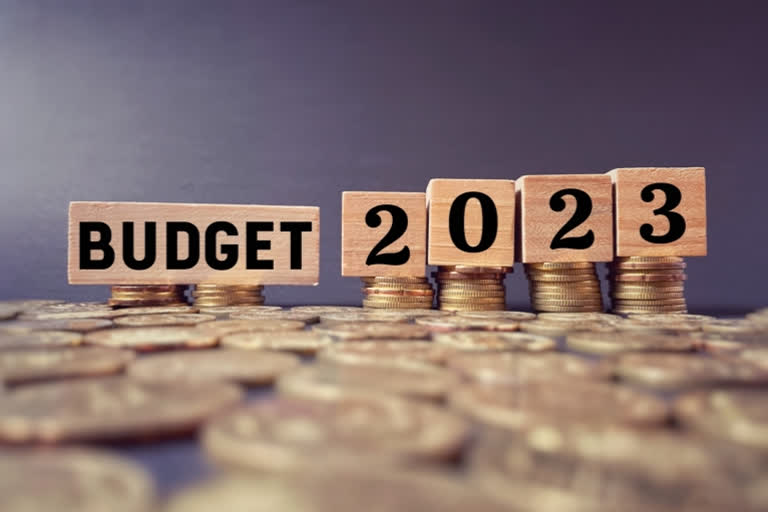New Delhi: For a country like India, which is surrounded by hostile neighbours on two sides and has fought four big wars with them in addition to continuous border tensions, expenditure on the defence sector becomes a crucial part of the budget-making process. In absolute terms, India’s defence expenditure is nearly 10 per cent of the total budgeted expenditure, which has been estimated at Rs 39.45 lakh crore for the current financial year. However, if one discounts the interest outgo and transfers to States, then as a sector, the defence gets the biggest allocation in the Union budget.
In the 2022-23 Union Budget, Finance Minister Nirmala Sitharaman has allocated over Rs 3.85 lakh crore to the defence sector, an increase of nearly 11 per cent over the last year’s budget allocation for the defence sector when the government allocated Rs 3.47 lakh crore. However, as per the revised estimates, the allocation for the defence sector went up from Rs 3.47 lakh crore to more than Rs 3.68 lakh crore. In 2020-21, the actual expenditure on the defence sector has been estimated at a record Rs 3.4 lakh crore.
The defence budget has attracted wide public attention following the Indian Army’s deadly border clash with the Chinese People’s Liberation Army that left 20 Indian Army soldiers dead, including a Colonel. Since the deadly clash in Galwan Valley in the Ladakh region in May 2020, both India and China have maintained forward deployment throughout the contested border between the two Asian giants in both the eastern sector and western sectors.
Also read: Budget 2023 explainer: GST, Corporate Tax, Income Tax account for the bulk of revenue
Following the deadly clash and ongoing border tension with China, the government has cleared several big-ticket defence procurements that would include the purchase of more tanks, Howitzers, a new infantry fighting vehicle, and better equipment for soldiers in the Himalayan region, among other things. India is also buildingitss a Navy and is looking out for new fighters for its newly inducted indigenous aircraft carrier Vikrant (IAC-1), in addition to buying more than 100 medium combat aircraft for the Indian Air Force.
However, an analysis of budget documents showed that a big chunk of India’s defence budget goes into revenue expenditure such as payment of wages and pensions and other establishment costs. It does not leave enough funds for the capital acquisition of modern war-fighting equipment such as Rafale jets acquired by the country in a government-to-government deal with France in 2016.
For example, the actual capital outlay on defence services was Rs 1.34 lakh crore in 2020-21 and it remained at almost the same level in 2021-22. For the current financial year, the government has allocated Rs 1.52 lakh crore for the purchase of new weapon systems and other capital expenditures such as the construction of roads and other infrastructure in the border areas.
This allocation of Rs 1.52 lakh crore is less than 40 per cent of the total allocation for the defence sector. On the other hand, defence pensions alone account for nearly Rs 1.2 lakh crore in this year’s budget. As against the capital outlay for the defence sector, which has been estimated at Rs 1.52 lakh crore, the revenue expenditure on the defence sector, which includes payment of salaries and other establishment costs, accounts for nearly Rs 2.4 lakh crore while the allocation for Defence Ministry civil received over Rs 43,000 crore in this year’s budget.



